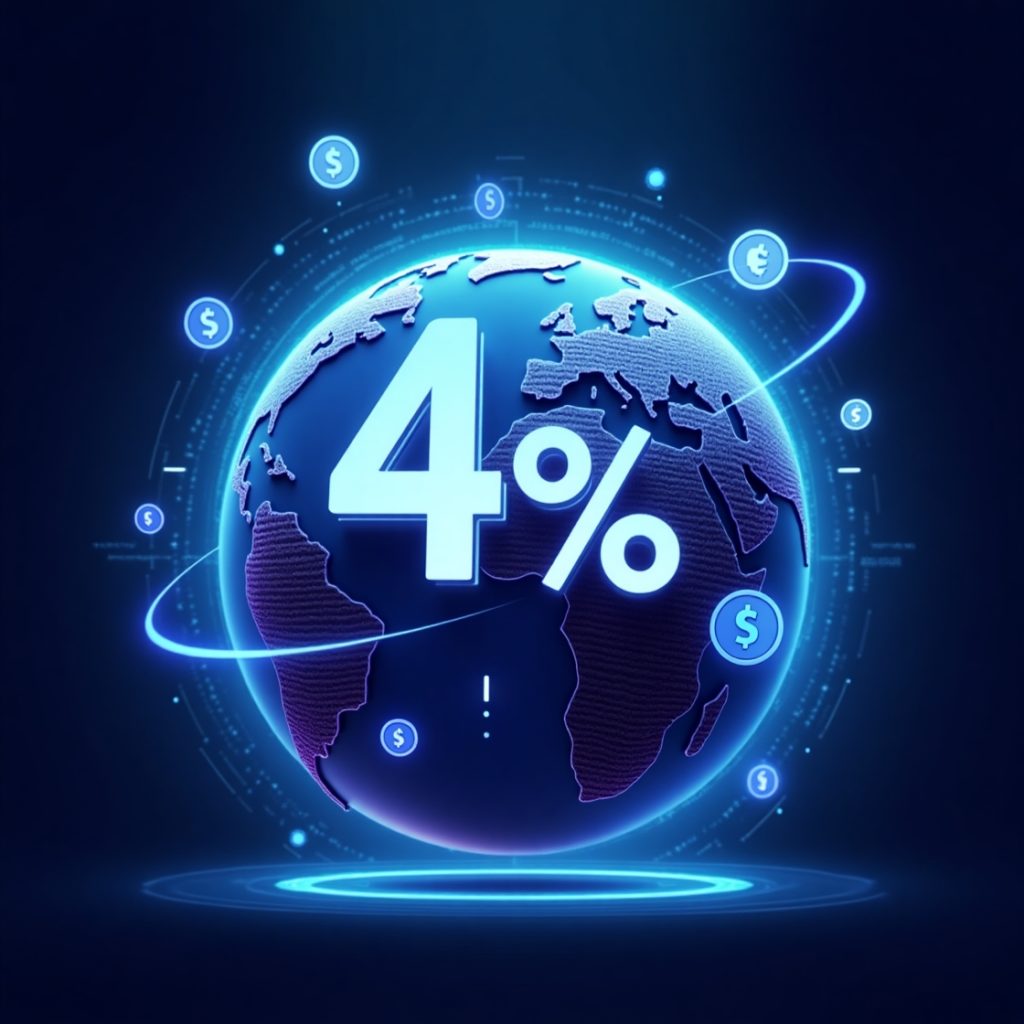The world of cryptocurrencies continues to grow rapidly despite ongoing regulatory uncertainty and limited global adoption of digital assets. This week, the industry received several key signals: Ethereum hit a new all-time high in stablecoin transaction volume, the SEC held its second roundtable on crypto regulation, and new statistics revealed just how small the share of global crypto users remains. Here’s a breakdown of everything.
Ethereum Sets a Record: $1.18 Trillion in Stablecoins in One Month
Ethereum has once again proven it remains the core of the decentralized financial ecosystem. According to recent data, over the past month, $1.18 trillion worth of stablecoins were transferred through the Ethereum network — the highest figure in the blockchain’s history.
By comparison, the nearest competitor, Tron, handled half as much in stablecoin transaction volume during the same period. This confirms Ethereum’s status as the leading platform for digital asset operations, particularly in the DeFi space, where stablecoins play a critical role — from providing liquidity to powering lending protocols and trading platforms.
The surge in transaction volume may also indicate growing activity from institutional investors and DeFi protocols, as well as increasing trust in stablecoins amid global macroeconomic instability.
SEC Seeks Temporary Solutions: Second Roundtable on Crypto Regulation
Meanwhile, efforts to define the legal status of digital assets continue in the U.S. This week, the Securities and Exchange Commission (SEC) hosted its second roundtable with representatives from the crypto industry. The event was titled “Between the Block and the Anvil: Adapting Regulation for Cryptocurrency Trading.”
Key SEC figures attended the meeting — Acting Chair Mark Uyeda, Task Force Lead Richard Gabbert, and Commissioners Hester Peirce and Caroline Crenshaw. From the crypto community, participants included Uniswap Labs, Coinbase, and FalxonX.
One of the main takeaways was Uyeda’s call for the creation of a temporary tax exemption system for both registered and unregistered market participants. According to the SEC, such a measure could encourage innovation and allow companies to more freely experiment with blockchain technologies until a full long-term regulatory framework is developed.
This approach can be seen as a rare sign of flexibility from the regulator, which is especially significant given the ongoing debate about crypto’s legal status in the U.S. and mounting pressure from the industry for regulatory clarity.
Less Than 4% of the World Owns Crypto: Global Statistics
Despite technological advancements and massive trading volumes, less than 4% of the global population owns cryptocurrency. This underscores how early the industry still is in its development — and how much room there is for future growth.
Here’s a breakdown of crypto adoption by region:
– North America — 10.7% of the population;
– South America — 6.6%;
– Asia — 3.6%;
– Europe — 3.4%;
– Oceania — 3.3%;
– Africa — just 1.6%.
These figures clearly show that while there is high user concentration in certain countries, global adoption of cryptocurrencies is still in its early stages. This opens the door for significant expansion, especially in countries facing high inflation and weak banking infrastructure.
What This Means for Investors and the Industry
Amid Ethereum’s rising activity, the SEC’s willingness to engage in dialogue, and the huge untapped potential for global adoption, the crypto market shows many signs of maturity. However, regulation, security, and onboarding new users remain key challenges.
For investors, this is a time of both opportunity and caution. And for crypto projects — a chance to prove their value in an environment of heightened attention and competition.
